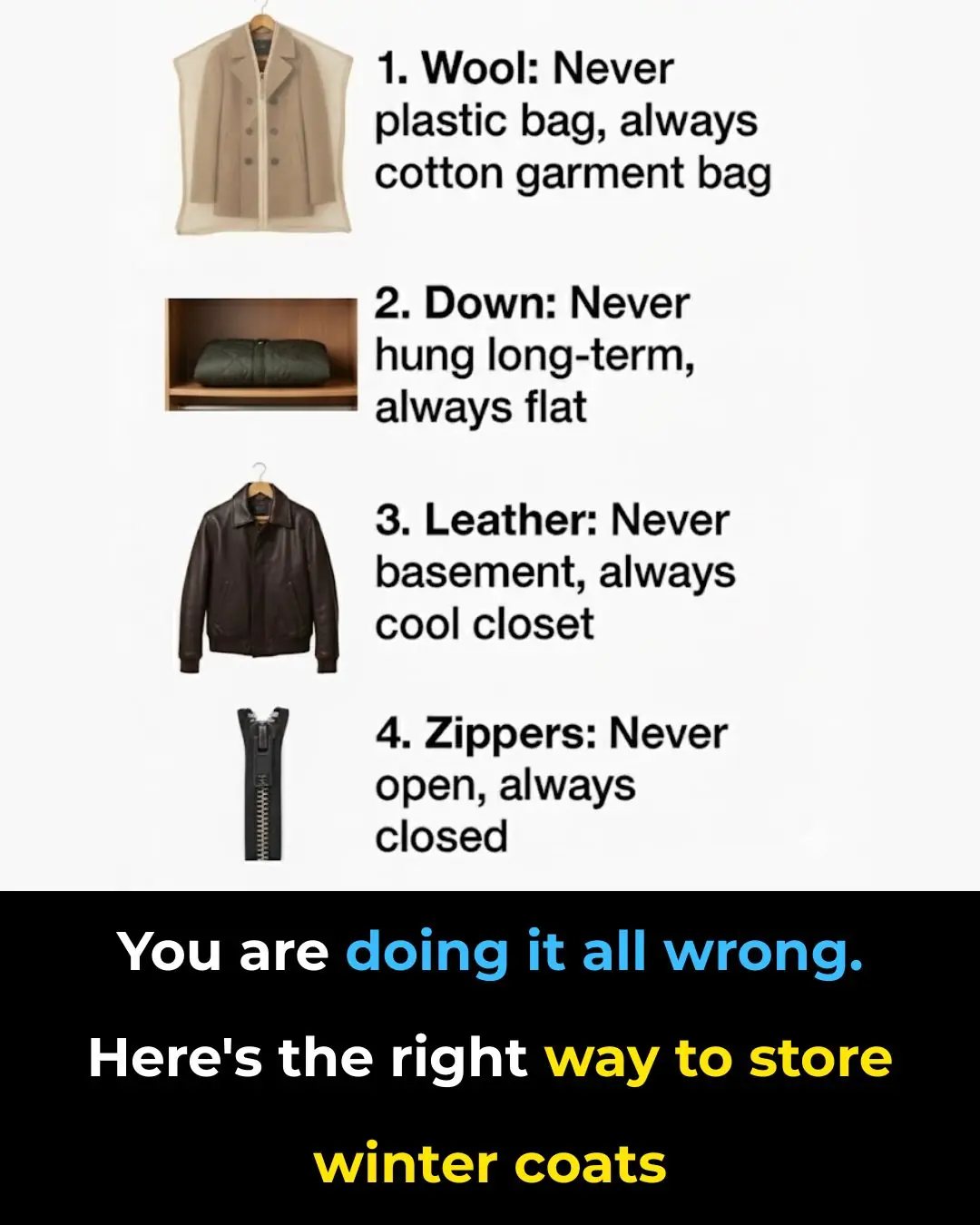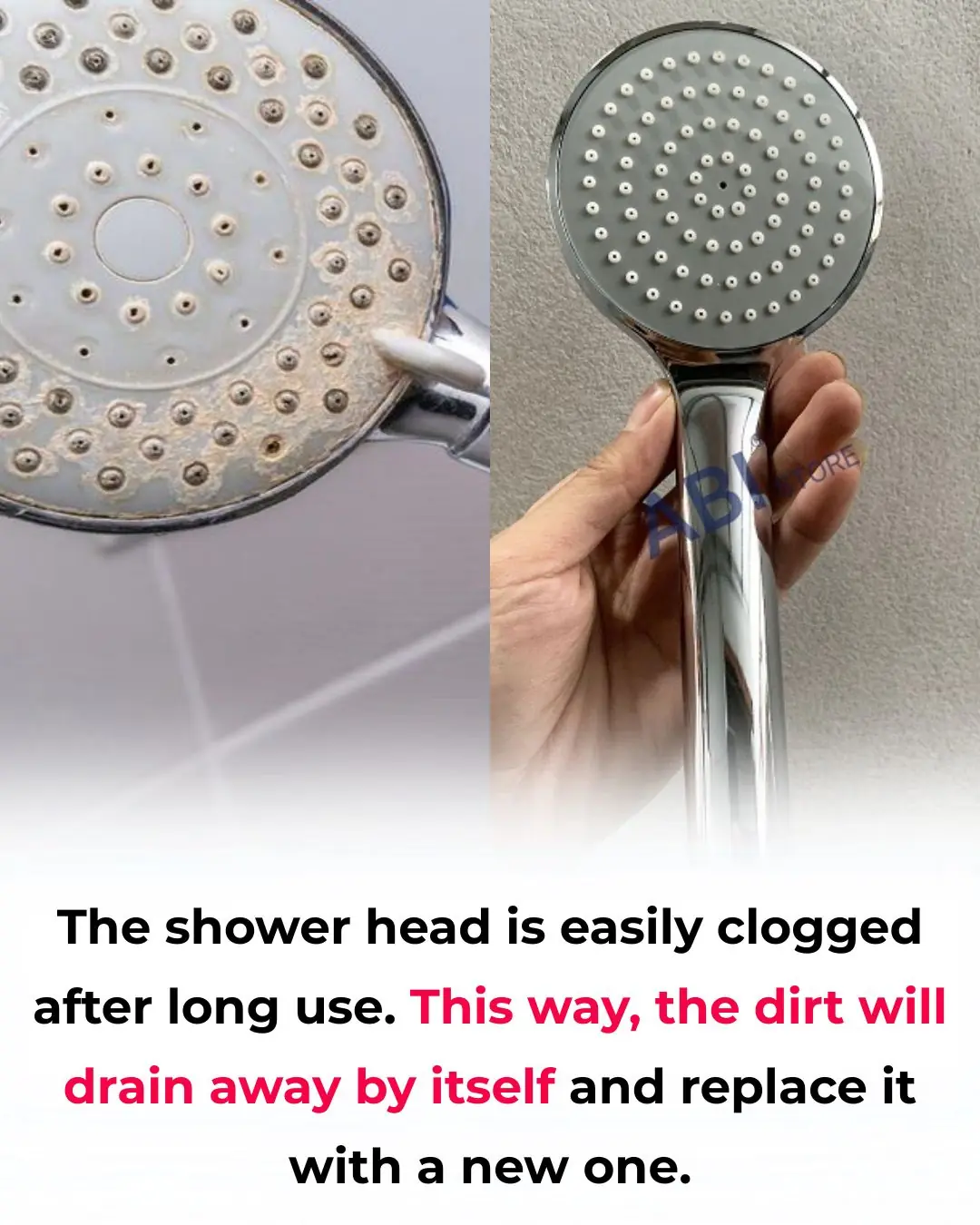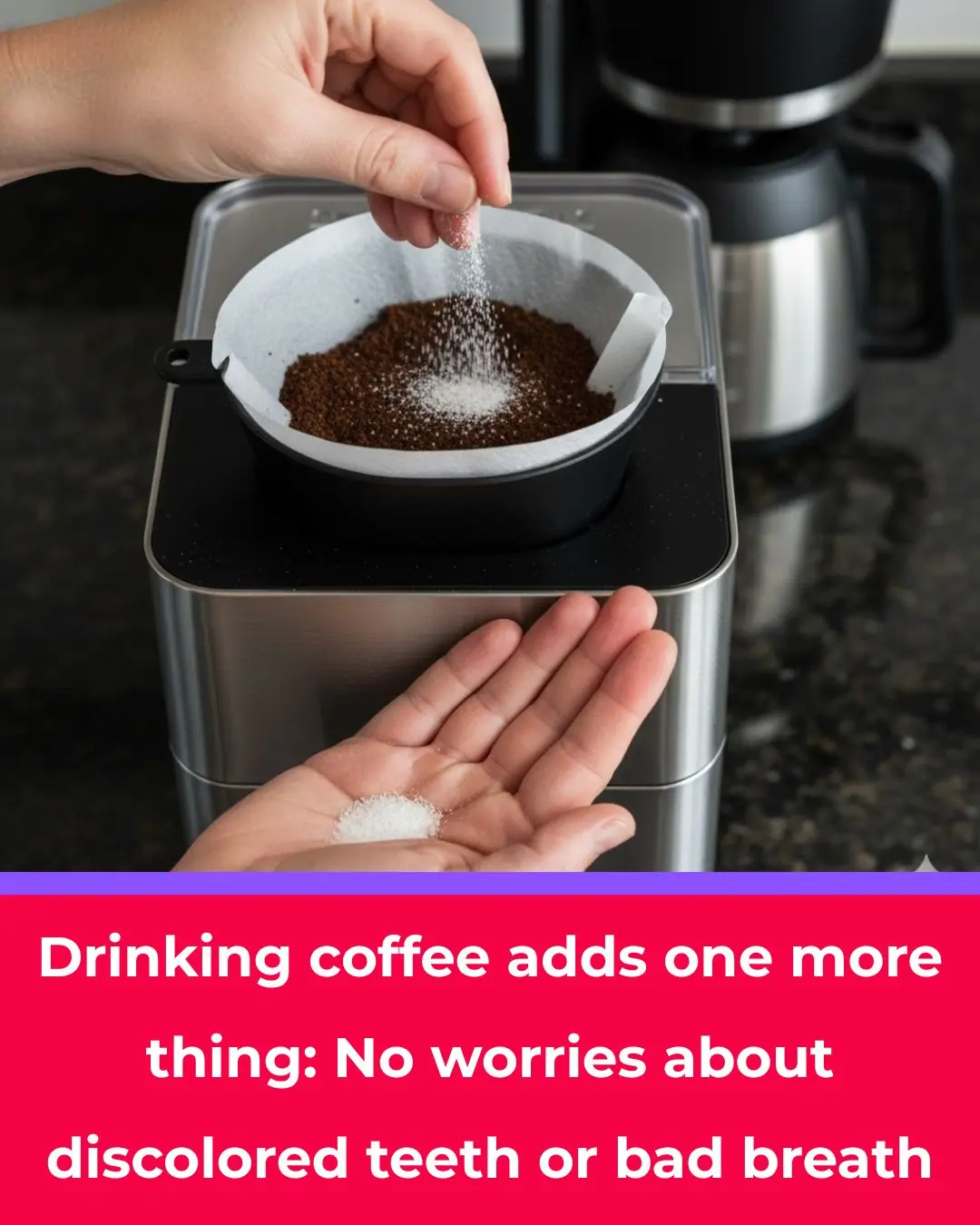
The Right Way to Clean and Care for Your Winter Boots
Winter boots are lifesavers during cold months — they keep your feet warm, dry, and stylish. But even the best pair won’t last long without proper care. Many people unknowingly make mistakes that damage their boots over time. Cleaning them the wrong way can cause cracking, fading, or even mold.
Here’s the right way to clean, dry, and protect your winter boots so they look new season after season.
1. How Winter Wreaks Havoc on Boots
Snow, ice, and especially road salt can quickly ruin boots. Salt leaves white stains and slowly eats away at leather or suede. Meanwhile, moisture from slush can seep inside, causing water stains, odors, or mold growth. Knowing how these elements affect your boots helps you take the right steps to protect them.
2. Never Use Just Water for Salt Stains — Use Vinegar Instead
One of the most common cleaning mistakes? Using plain water to wipe salt stains. It only sets the marks deeper. Instead, mix equal parts white vinegar and water, dip a cloth into the solution, and gently dab the stained areas. Let the boots air dry completely before wearing them again. This simple trick dissolves salt without damaging the material.
3. Caring for Leather Boots — No Heat, Just Air
When your leather boots get wet, avoid the urge to dry them next to a heater or fireplace. Direct heat makes leather crack and lose its shape. Instead, stuff the boots with newspaper to absorb moisture and help them hold form. Let them air dry naturally, then finish with a leather conditioner to keep them soft and shiny.
4. Suede Boots — Always Dry Brush, Never Wet
Suede is delicate, so water is its worst enemy. Skip wet cleaning entirely. Once the boots are dry, use a suede brush to remove dirt and restore the nap. Brush in one direction for a smooth finish. For tougher spots, gently rub them with a suede eraser. Regular brushing keeps suede boots looking brand-new.
5. Removing Dirt and Grime the Right Way
For general cleaning, start with a soft brush to remove loose dirt. If you need deeper cleaning, use a damp cloth and mild soap — just don’t soak the boots. Wipe gently and rinse your cloth often to prevent spreading grime. Let the boots dry completely before wearing or storing them to avoid odor and mold buildup.
6. Banish Odors Naturally
Winter boots can start to smell after a few wears. Sprinkle baking soda inside each boot and leave it overnight to absorb moisture and odor. In the morning, shake out the excess and place a dryer sheet inside each boot for a fresh scent. Repeat weekly for best results.
7. Waterproofing — Your Best Defense Against Winter
If you want your boots to last, waterproof them regularly. Use a waterproof spray that matches the material — leather, suede, or fabric. Hold the spray about six inches away and coat evenly. Let the boots dry fully before wearing them. Reapply every few weeks or after each cleaning to keep them protected from snow and slush.
8. Skip Harsh Cleaners
Never use bleach, ammonia, or household cleaners on your boots. These chemicals can ruin the finish or weaken the material. Stick with gentle, shoe-safe cleaners, and always test on a small hidden area first to make sure there’s no discoloration.
9. Don’t Ever Use the Washing Machine
It might sound easy, but tossing boots in the washer is one of the quickest ways to destroy them. The agitation, water, and spin cycle can warp their shape or separate the soles. Always clean boots by hand — slow and steady care preserves their quality and structure.
10. Store Boots the Smart Way
When winter ends, store your boots properly. Insert boot shapers or stuff them with newspaper to keep their form. Place them in a cool, dry spot, away from direct sunlight, which can fade or crack the material. Proper storage means your boots will be ready to go next season, looking as good as new.
11. Regular Maintenance Makes All the Difference
Wipe your boots after every wear, especially if they’ve been exposed to salt or mud. Reapply conditioner or waterproofing spray as needed. Check for small scuffs or cracks and fix them early — small care steps now prevent big repairs later.
Final Thoughts
Winter boots aren’t cheap, so a little effort goes a long way in extending their life. With these care tips — from the vinegar trick to proper drying and storage — you can keep your boots clean, odor-free, and winter-ready for years to come.
News in the same category


Gordon Ramsay shares health update as he reveals why he "had to come clean" over cancer diagnosis

You’re Storing Your Winter Coats All Wrong — Here’s How to Do It Right

Why Bath Towels Have Lines — And What They Actually Do

Prince Harry and Meghan Markle roasted over deleted Kris Jenner birthday photos as fans speculate ‘embarrassing’ reasons why

You’re Storing Your Batteries Wrong — Here’s How to Do It Right

Why You Should Regularly Clear Cookies on Your Smartphone

The One Show’s Alex Jones in tears as she makes emotional announcement: ‘We are all so proud of you

Paris Fury talks being a grandma after daughter Venezuela engaged at 16

Tom Fletcher ‘excited’ to perform with son Buzz for ‘truly special’ moment on Children in Need

WENDY WILLIAMS DOES NOT HAVE FRONTOTEMPORAL DEMENTIA

‘Broke My Heart!’: Arkansas Woman Drove Hours to Confront Pastor She Was Having an Affair with, Then Shot Him Dead in Front of His Wife

‘Had Security Called on Me 13 Times’: White Fans Tried to Get Black Woman Removed from Floor Seats at Jonas Brothers Concert Then It Backfired

‘Do You Have That Same Smoke? I’m Sick Of It’: Stephen A. Smith Believes His Rebuttal To Michelle Beadle and Cari Champion Is Giving Them The ‘Attention’ They Seek

5 Early Cancer Symptoms You Must Not Overlook

Angus T. Jones, Who Played Jake Harper, Left The Show “Two And A Half Men” 9 Years Ago – This Is Him Today

I'm A Celebrity's Joel Dommett announces wife's pregnant with second child

Hollywood icon Sally Kirkland, 84, enters hospice after dementia diagnosis
News Post

Add a drop of essential oil to an onion and no matter how many mosquitoes and insects it has, they will disappear

Shower Head Clogged After Long Use? Try This Method to Clean It Easily Without Spending Money

Why You Shouldn’t Wash Rice Inside the Electric Rice Cooker: A Common Mistake Many People Don’t Know

Add This Ingredient to Your Coffee: No More Yellow Teeth or Bad Breath

Don’t Eat Tofu Right Away After Buying It: Freezing It in the Fridge Has Amazing Benefits

Don’t Rush to Store Lemons in the Fridge — Do This Instead to Keep Them Fresh All Year Without Bitterness

Too Many Ripe Tomatoes? Try These 5 Preservation Methods to Enjoy Them All Year — Without Spending on Fresh Ones

The “Miracle” Termite Prevention Methods for Wooden Furniture

Kelvin Fletcher and wife Liz share update as they reveal they're expecting 'new arrivals'

Don’t Clean a Dirty Rice Cooker with Plain Water: Use This Trick and It’ll Shine Like New in Just 5 Minutes

Gordon Ramsay shares health update as he reveals why he "had to come clean" over cancer diagnosis

KIM KARDASHIAN FAILS THE CALIFORNIA BAR EXAM

You’re Storing Your Winter Coats All Wrong — Here’s How to Do It Right

Why Bath Towels Have Lines — And What They Actually Do

Prince Harry and Meghan Markle roasted over deleted Kris Jenner birthday photos as fans speculate ‘embarrassing’ reasons why

You’re Storing Your Batteries Wrong — Here’s How to Do It Right

Why You Should Regularly Clear Cookies on Your Smartphone

The One Show’s Alex Jones in tears as she makes emotional announcement: ‘We are all so proud of you
